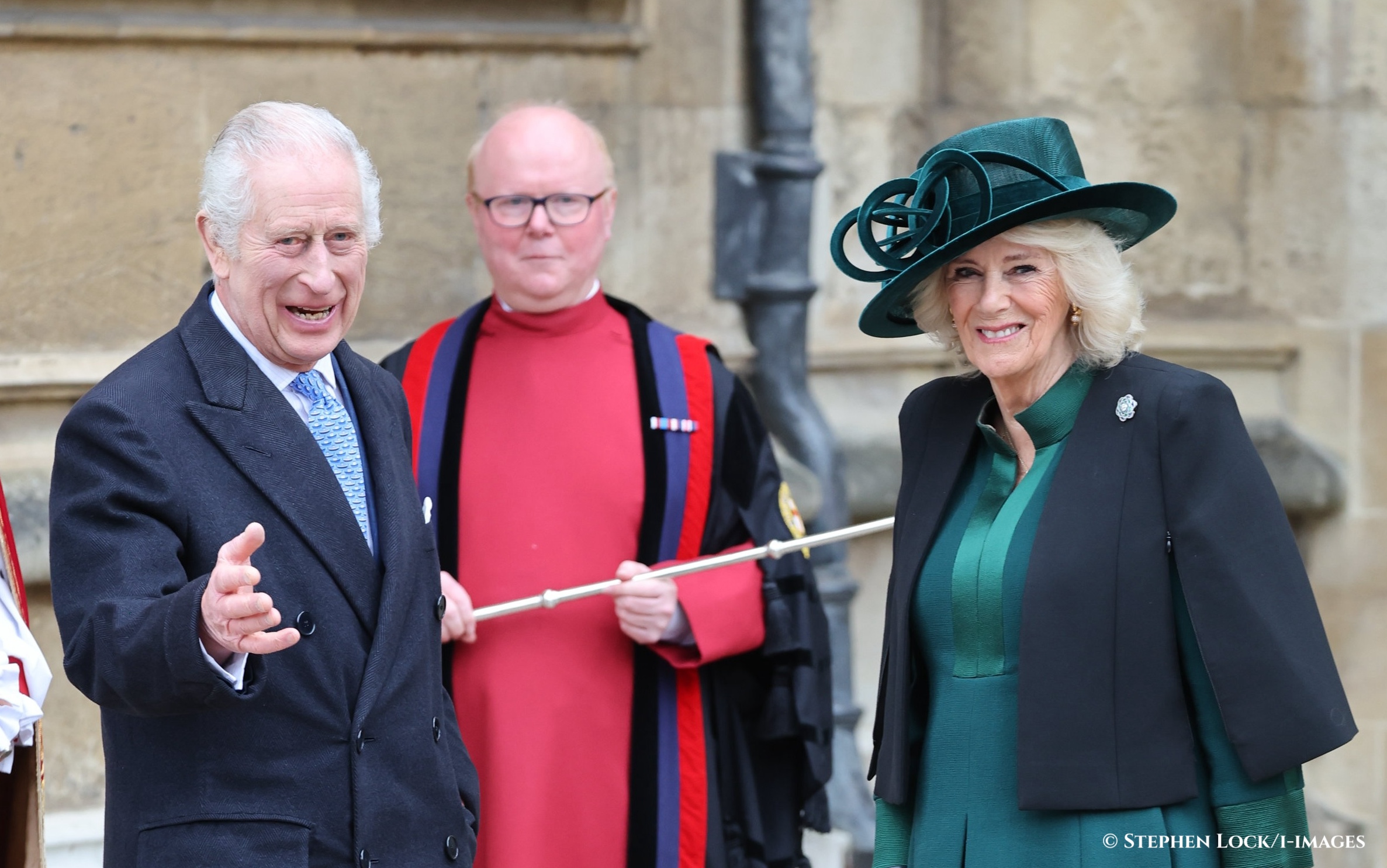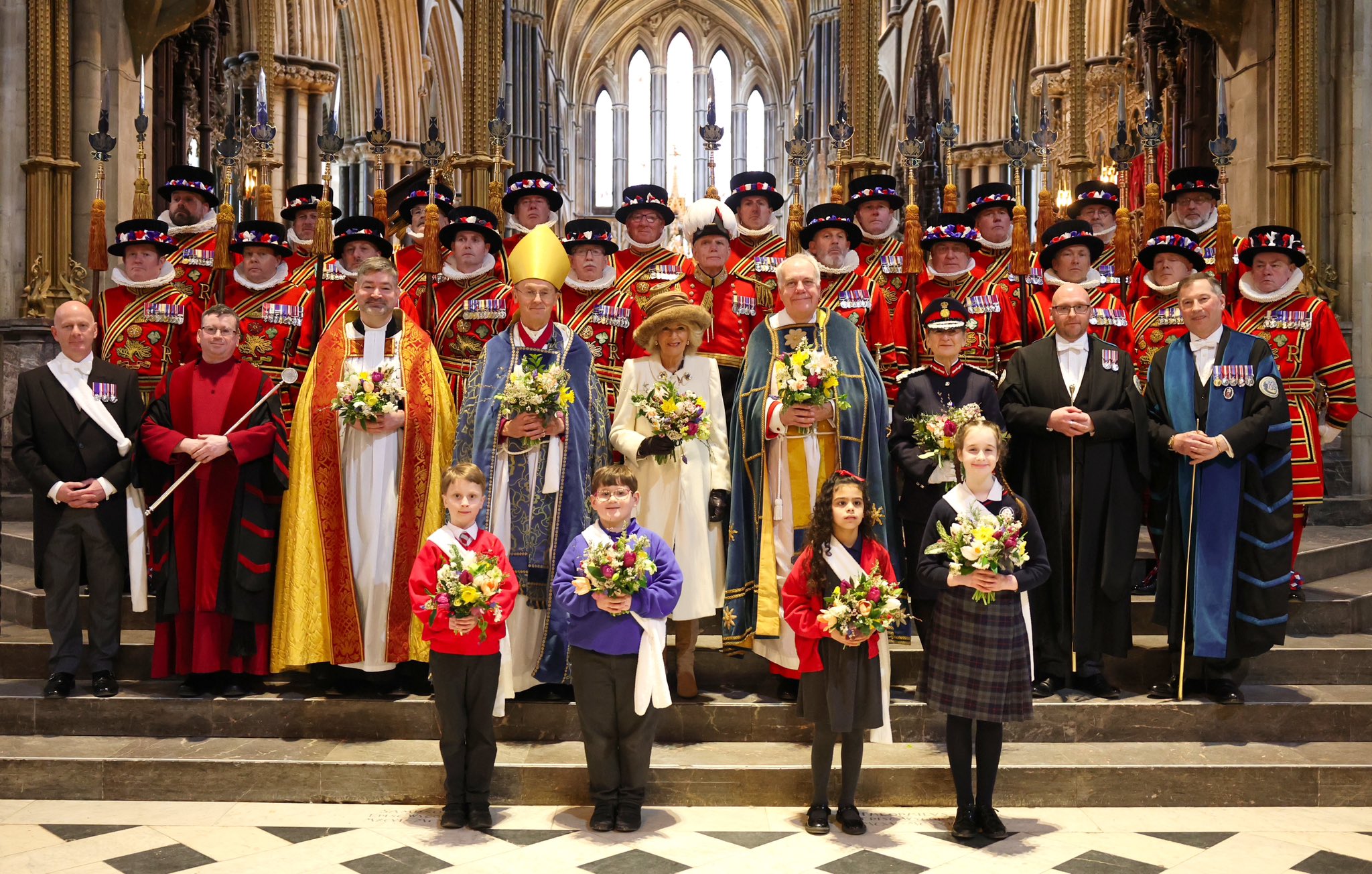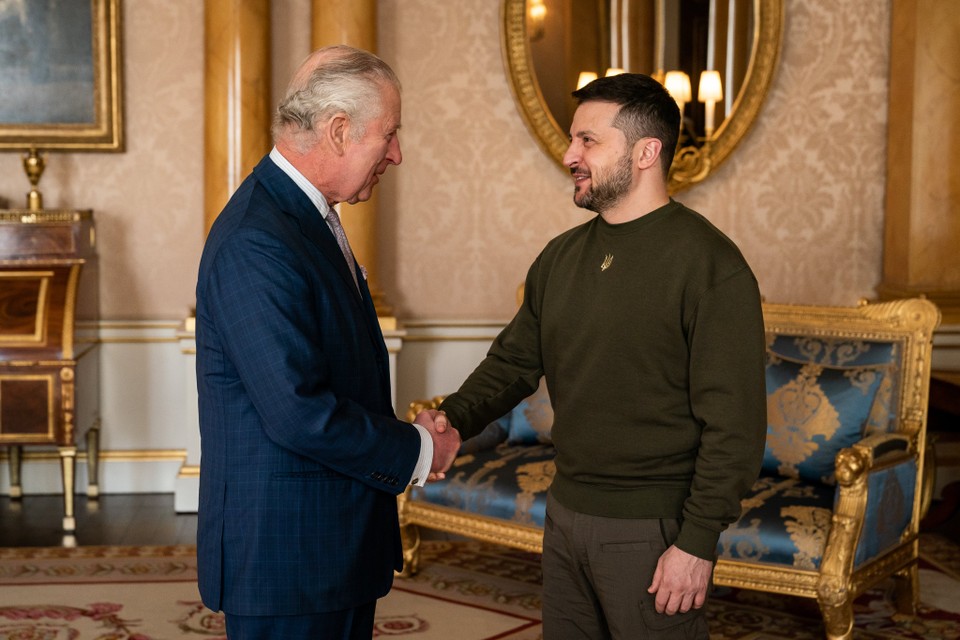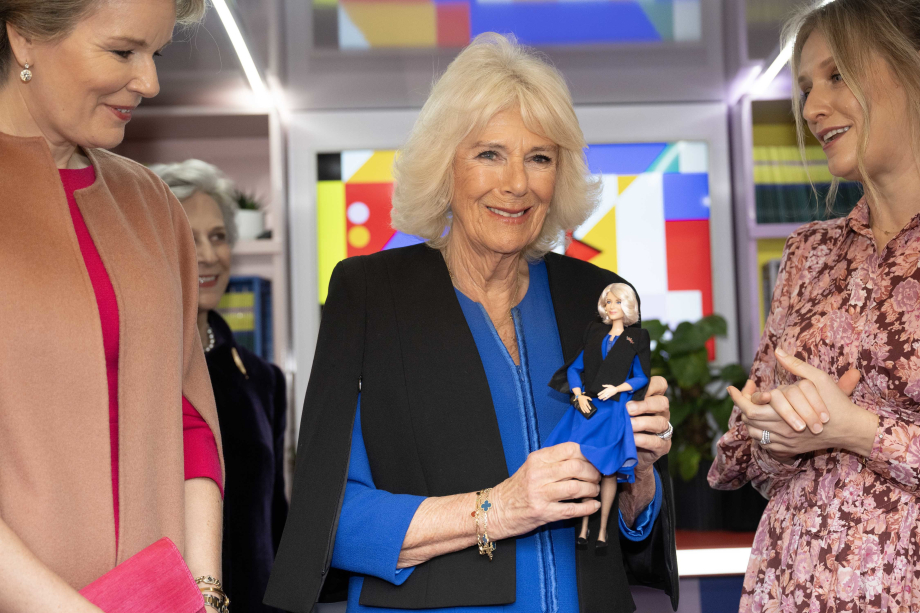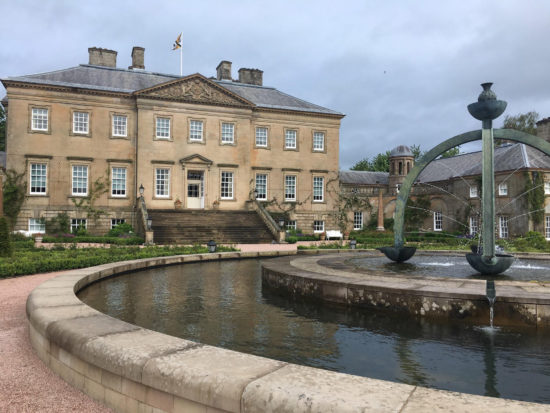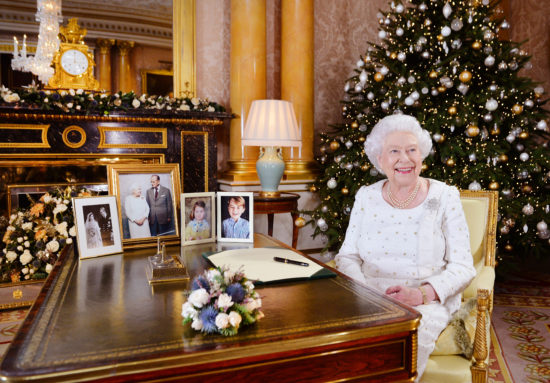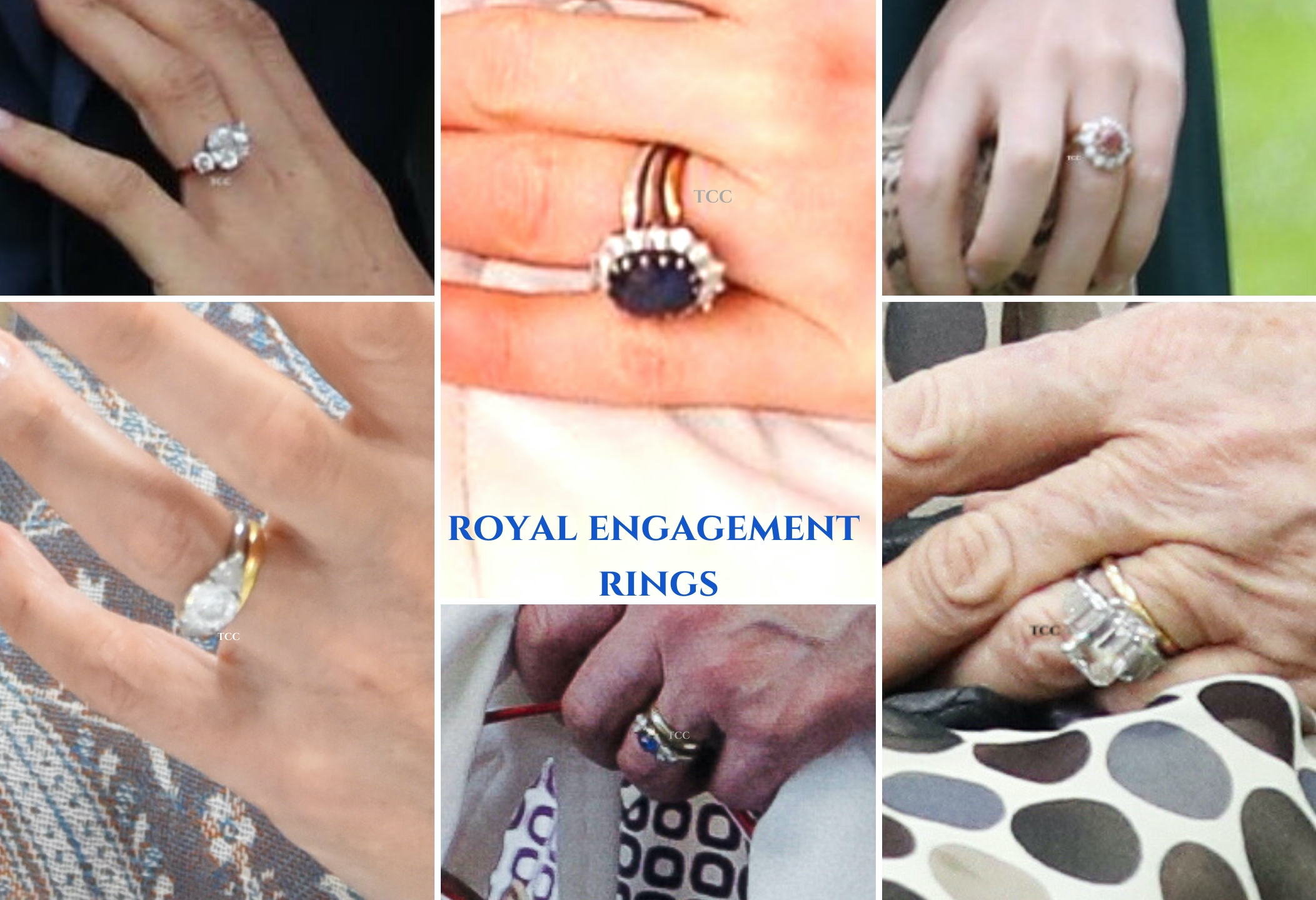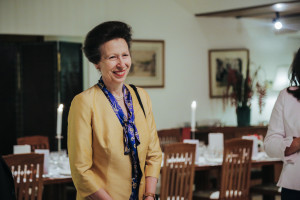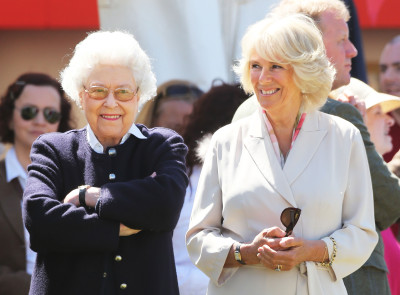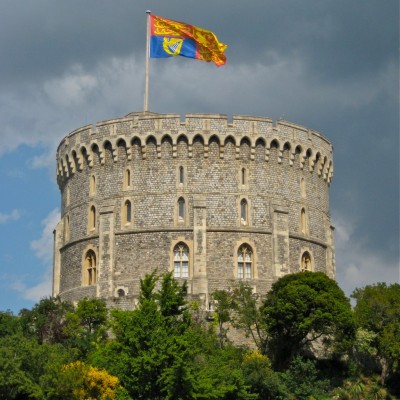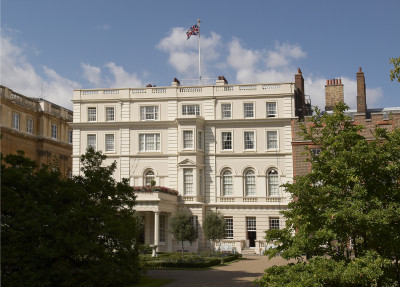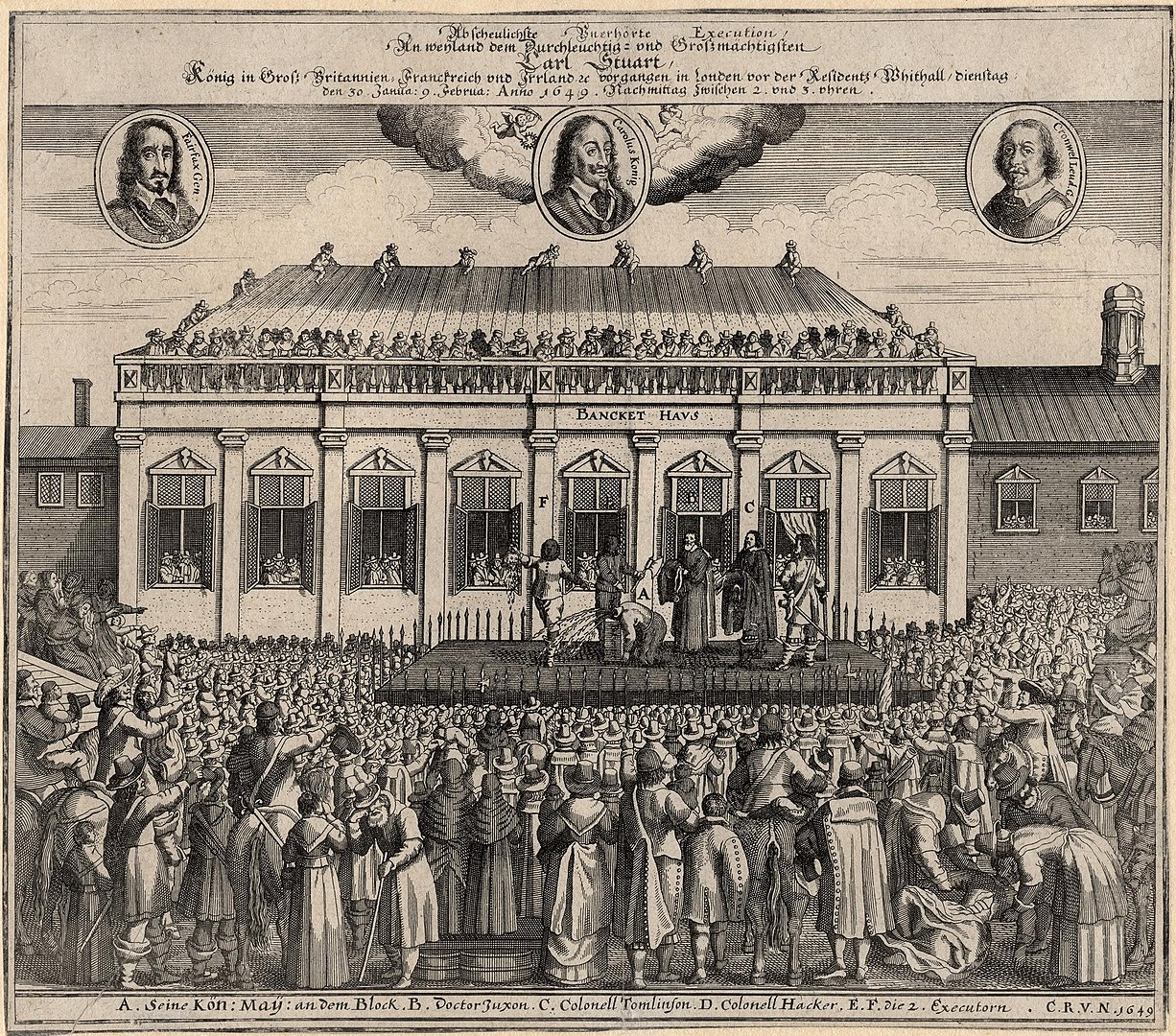A Royal Navy pilot has been awarded the Air Force Cross by The Prince of Wales, for heroically landing his stricken aircraft after suffering engine failure.
Lieutenant Commander Chris Gotke, 45, was flying a historic Hawker Sea Fury at a display in July 2014, when the engine failed. He bravely chose to stay in the plane, when he could have ejected, to use his parachute at low level.
Gotke, who served in Iraq and Kosovo, pulled the plane out of a dive and managed to glide her back to a landing strip.
For his display of conspicuous courage and exemplary airmanship under extreme pressure, he was awarded the Air Force Cross by Prince Charles at Buckingham Palace.
Lt Cmdr Gotke said:
‘The Sea Fury is a beautifully harmonised aircraft, it is delightful to fly – it is absolutely delightful and beautiful. I was manoeuvring it around and I’m having the best day of my life, then it starts rattling so I’m thinking ‘That’s not quite right’.
‘Then 15 seconds later I put the nose down, the (landing) gear goes down and all of a sudden it’s dropping at the ground and I can actually see on the ground my impact point – just at the edge of a wood, lovely green trees and that’s where I’m going to hit.
‘It was very surreal, because it went from one extreme to the other from everything’s fine to ‘Oh my god, I’ve put the gear down, I can’t land with the gear down in a grass field’ – I’m going to have to jump out.
‘So I was thinking ‘I’m going to have to jump out, jump out’ and I’m busy swearing in the cockpit.’
Gotke managed to put the plane into the equivalent of neutral gear, allowing it to lose power and glide; he then brought the landing gear back up. The pilot managed to make it back to the airfield at RNAS Culdrose in Cornwall.
The plane’s wheels had not deployed fully upon landing, and on impact they collapsed, with the plane skidding to stop. Miraculously, Gotke was unharmed.
The Air Force Cross is awarded for ‘an act or acts of valour, courage or devotion to duty whilst flying, though not in active operations against the enemy.’ The award was established by George V in 1918, and the recipient can use ‘AFC’ after their name.
The medal is a cross made of propellor blades, with wings between; the top of the cross bears a crown, and the other propellors have a Royal cypher on them. It is suspended on a red and white diagonally striped ribbon, and
Featured image: Army medicine

